If a mother's____________ cell contains mutated DNA, this mutation can be passed to her offspring. Which of the following options correctly completes the sentence above?
somatic
white blood
germ.
Stem
Correct Answer : C
The correct answer is c. germ. If a mother's germ cell contains mutated DNA, this mutation can be passed to her offspring. Germ cells are the reproductive cells (eggs in females and sperm in males) that carry genetic information from one generation to the next.
a. Somatic cells are all the other cells in the body that are not germ cells. Mutations in somatic cells are not passed on to offspring.
b.White blood cells are a type of somatic cell that plays a role in the immune system.
d. Stem cells are undifferentiated cells that have the ability to develop into different types of cells in the
body.

TEAS 7 Exam Quiz Bank
HESI A2 Exam Quiz Bank
Find More Questions 📚
Teas 7 Questions: We got the latest updated TEAS 7 questions
100% Money Refund: 100% money back guarantee if you take our full
assessment pass with 80% and fail the actual exam.
Live Tutoring: Fully customized live tutoring lessons.
Guaranteed A Grade: All students who use our services pass with 90%
guarantee.
Related Questions
Correct Answer is C
Explanation
The correct answer is c.
The study does not indicate a causal relationship between the processes. A correlation between two processes means that there is a statistical relationship between them, but it does not necessarily imply causation. In other words, just because two processes are correlated does not mean that one causes the other.
b.The study does not indicate that Process A causes Process B.
b.The study can indicate whether Process A and B have a positive relationship if the correlation is positive.
d. The study can indicate whether Process A and B have a negative relationship if the correlation is negative.
Correct Answer is C
Explanation
The statement "Experiments cannot validate hypotheses, only falsify them" can be restated as "A hypothesis that has not been falsified remains provisional." This means that a hypothesis is considered valid until it is disproved by experimental evidence. However, even if a hypothesis has not been falsified, it is still considered provisional and subject to further testing and scrutiny.
a."Until disproved, an explanation for an observation is valid" is similar to the correct answer but does not capture the provisional nature of a hypothesis.
b."Certain concepts cannot be subjected to direct experimentation" is not a restatement of the original statement.
d. "Proving a hypothesis exempts it from further testing" is incorrect because no hypothesis can be definitively proven and all hypotheses are subject to further testing and scrutiny.
Correct Answer is A
Explanation
The thylakoid membrane of chloroplasts is where the light-dependent reactions of photosynthesis take place, while the mitochondrial inner membrane is where the electron transport chain and ATP synthesis occur during cellular respiration.
The tonoplast is the membrane that surrounds the central vacuole in plant cells. It is not involved in cellular respiration or photosynthesis.
The other options, epithelial and nuclear, are not related to these processes.
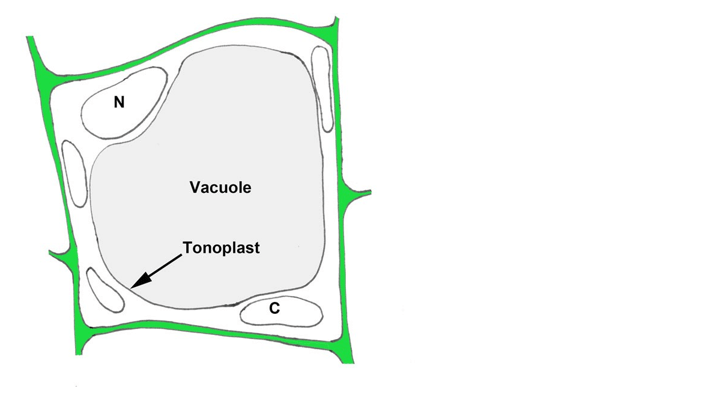
Correct Answer is C
Explanation
The correct answer is c. Fibrinogen. Fibrinogen is a protein present in blood plasma that plays a key role in blood clotting. When an injury occurs and bleeding begins, fibrinogen is converted into fibrin, which forms a mesh-like structure that helps to trap blood cells and form a clot.
A. Monocytes are a type of white blood cell, not a protein present in blood plasma.
B. Platelets are cell fragments that play a role in blood clotting, but they are not a protein present in blood plasma.
D. Lymphocytes are a type of white blood cell, not a protein present in blood plasma.

Correct Answer is A
Explanation
To accurately measure the density of a series of small irregular solids made of plastic, wood, fiberglass, and glass, a student will need a graduated cylinder, water, and a weighing balance. The student can use the water displacement method to determine the volume of each solid by measuring the volume of water displaced when the solid is submerged in a graduated cylinder filled with water. The mass of each solid can be measured using a weighing balance. The density can then be calculated by dividing the mass by the volume.
The other options are not correct because they do not provide the necessary tools to accurately measure the density of the solids. A spectrophotometer is used to measure light absorption and is not necessary for measuring density. A graduated beaker is less accurate than a graduated cylinder for measuring volume. A Bunsen burner is used for heating and is not necessary for measuring density.
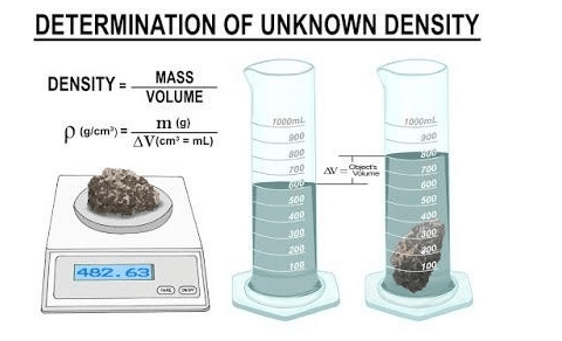
Correct Answer is B
Explanation
The unknown genotype is Aa. This can be inferred from the Punnet square, which shows that half of the offspring are Aa and half are aa. This indicates that the unknown parent must have one dominant allele (A) and one recessive allele (a), making its genotype Aa.
The other options are not correct because they do not match the results shown in the Punnet square. If the unknown genotype was aa or AA, all of the offspring would have the same genotype as their parent. If the unknown genotype was a, it would not be a valid genotype as it only has one allele.
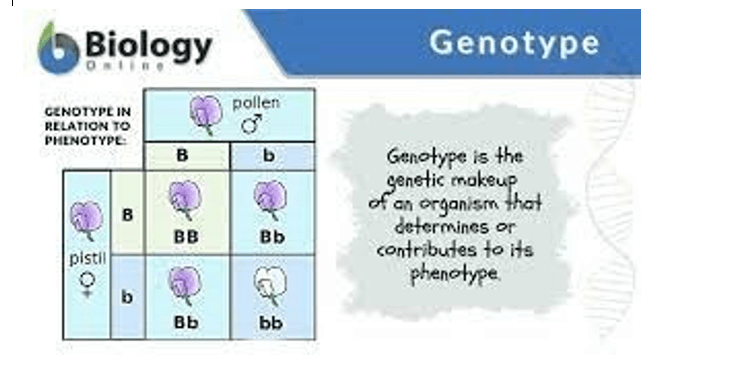
Correct Answer is C
Explanation
The organ that filters excess solutes from the blood is the kidney ¹. The kidneys are a pair of bean-shaped organs located on either side of the spine, just below the rib cage ². They are responsible for filtering waste products and excess fluid from the blood and excreting them in the form of urine ².
The other options are not correct because they do not accurately describe the organ that filters excess solutes from the blood. The stomach, spleen, and gallbladder do not filter excess solutes from the blood.
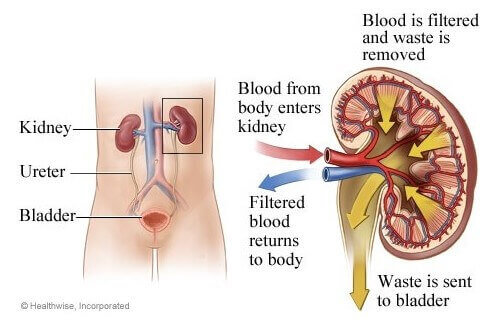
Correct Answer is A
Explanation
A chloride ion has a negative charge because it gained an electron. When an atom gains an electron, it becomes negatively charged because it now has more electrons than protons. In the case of a chloride ion, the neutral chlorine atom gains an electron to become a negatively charged chloride ion.
The other options are incorrect because they do not result in a negative charge. Losing an electron would result in a positive charge. Losing or gaining a proton would change the identity of the atom and is not related to the formation of a chloride ion.
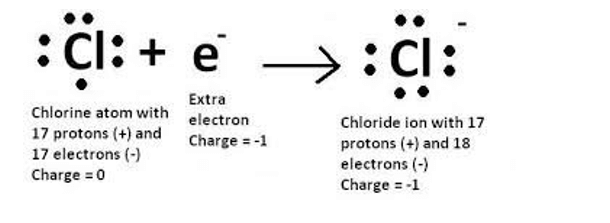
Correct Answer is B
Explanation
Given the new findings that worm infestation can relieve the effects of certain autoimmune disorders, the hypothesis should be modified to state that worm infestation reduces the severity of certain autoimmune disorders.
This option best reflects the new information and suggests a potential benefit of worm infestation in relation to autoimmune disorders. The other options do not accurately reflect the new findings and do not provide a clear modification to the hypothesis.
Correct Answer is B
Explanation
Urea is a waste product that is formed when proteins are broken down in the body. It is excreted by the kidneys in urine, but small amounts can also be excreted by sweat glands in sweat.
The other options are not substances that are excreted by sweat glands in response to the breakdown of proteins and the formation of ammonia. Lysozymes are enzymes that break down bacterial cell walls, water is a component of sweat but is not specifically related to protein breakdown, and sebum is an oily substance produced by sebaceous glands to lubricate the skin.
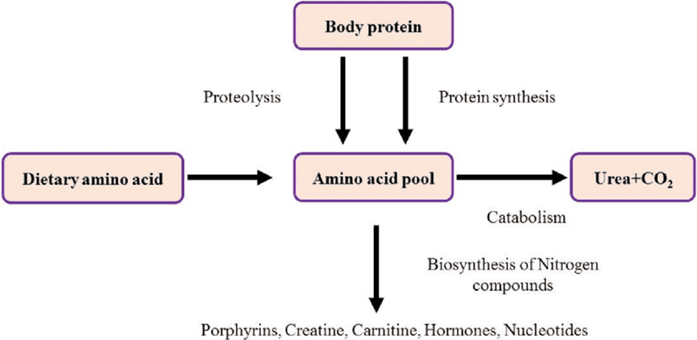
This question was extracted from the actual TEAS Exam. Ace your TEAS exam with the actual TEAS 7 questions, Start your journey with us today
Visit Naxlex, the Most Trusted TEAS TEST Platform With Guaranteed Pass of 90%.
Money back guarantee if you use our service and fail the actual exam. Option of personalised live tutor on your area of weakness.
